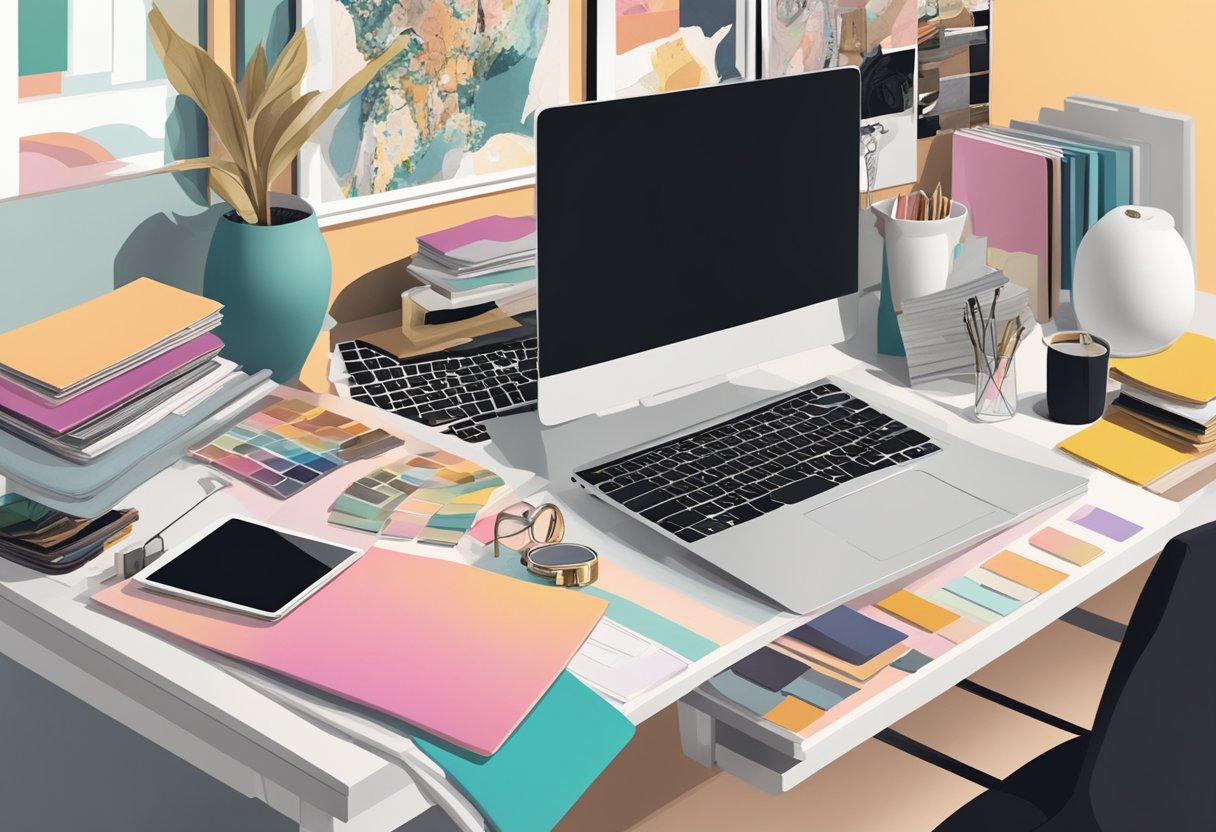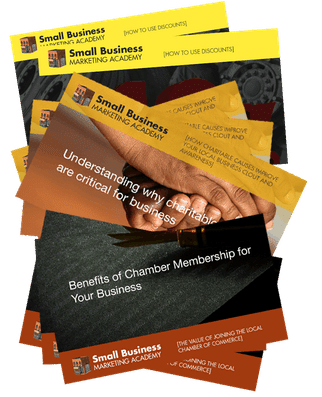

- Directory
- Recent
-
Featured
-
Featured
- Recent
-
- Programs
- Digital Nomad
- Side Gigs
- Resources
Select Page
10 people find this post amazing!

Embarking on a journey to becoming a personal stylist requires an understanding of fashion, an eye for style, and the ability to curate a wardrobe that complements various body shapes and lifestyles. It’s a profession that bridges the gap between creativity and practicality, empowering individuals to develop their unique aesthetic. This journey often starts with gaining relevant experience, which can include a background in retail or fashion design that provides exposure to different body types and clothing styles.
Building personal style is a dynamic process that involves recognizing and adapting to trends while maintaining a timeless appeal in one’s wardrobe choices. A versatile wardrobe is foundational, ensuring that clients have access to pieces that can be mixed and matched to create multiple outfits for different occasions. Personal stylists must also navigate the ever-changing landscape of social media, using these platforms to showcase their work, attract clientele, and stay informed about the latest fashion trends.
Fashion encompasses the current trends and styles in clothing, accessories, and behaviors, often influenced by celebrities, designers, and cultural movements. Style, on the other hand, is how individuals express themselves through their fashion choices, creating a personal aesthetic that may or may not align with current trends.
A personal stylist helps clients navigate both fashion and style, offering style tips and guidance to foster a wardrobe that reflects the client’s personality, lifestyle, and body type. They stay informed on the latest trends while also understanding timeless fashion principles.
When considering fashion choices, it’s essential to differentiate between what is trendy and what genuinely resonates with one’s personal style. Trends are fleeting and can change with every fashion cycle; however, style is enduring and evolves with the individual.
Personal stylists often encourage starting with foundational garments that fit well and represent the client’s preferences, building upon that with select trendy items to keep the look fresh and contemporary.
Key factors to consider:
Ultimately, understanding fashion and style is about balancing the external influences of the industry with an internal compass that directs personal sartorial choices.
Creating a versatile wardrobe involves selecting items that serve multiple purposes and can be mixed and matched to suit various occasions. A capsule wardrobe is the cornerstone of versatility, encompassing a limited assortment of clothing that can be combined in numerous ways.
Key Elements:
Closet Edit:
Staple Pieces:
Maintenance Tips:
By approaching one’s wardrobe with the intent to curate a capsule of functional, adaptable items, individuals can simplify their daily outfit choices and maintain a polished appearance for any event.
When one decides to sharpen their personal style, trending fashion often serves as a starting point for inspiration. Keeping an eye on current trends provides a palette of ideas, but it’s essential to be selective. They should choose items that resonate with their sense of self rather than blindly following fads.
Shopping for trends can be an exhilarating experience, but it also requires a discerning eye for what’s worth the spend. It’s wise to set a budget before stepping out or browsing online. This not only keeps finances in check but aids in making more thoughtful choices about which pieces truly enhance one’s wardrobe.
Here’s a useful framework to guide shopping decisions:
To fully invest in trends sensibly, one must consider quality over quantity, ensuring that each new piece serves a purpose in their wardrobe. This approach guarantees that the investment will pay off in longevity and versatility.
Consignment shops are an excellent resource for those wanting to stay current without overspending. Here, one can find high-quality items that reflect the latest trends for less, allowing room in the budget for a mix of classic investments and playful trend pieces.
Developing one’s personal style is an evolving process that enhances self-confidence and reflects individuality. The journey begins with self-assessment and exploration. Individuals should consider what appeals to their tastes and what resonates with their lifestyle. It’s crucial to identify colors, patterns, and silhouettes that elevate their look and boost their confidence.
| Steps to Developing Personal Style |
|---|
| 1. Understand your body shape and preferences. |
| 2. Curate a mood board of favored styles. |
| 3. Assess and declutter your current wardrobe. |
| 4. Experiment with signature pieces. |
| 5. Incorporate personal touches. |
They may find guidance through styling experts who can offer valuable insights into the world of fashion. These stylists can help cultivate a wardrobe that complements their clients’ natural features and lifestyle needs. They do not dictate but rather guide individuals towards a fashion sense that feels authentic and true to themselves.
A key component is knowledge: understanding which fabrics suit different body types, which colors match one’s skin tone, and which current fashion trends align with one’s personal preference. With this knowledge, anyone can make informed choices that contribute to a more cohesive and personalized wardrobe.
Incorporating signature pieces or accessories can also serve as a hallmark of one’s personal style, making ordinary outfits distinctly their own. Such pieces often become synonymous with the individual’s name, enhancing their personal brand.
Remember, personal style should be an expression of self. It evolves as they grow and learn more about what they love, allowing their confidence to shine through every outfit they select.
Social media platforms have become essential tools for personal stylists aiming to expand their reach and showcase their work. Instagram and TikTok are particularly impactful, providing visual-centric spaces where stylists can share their portfolios and style narratives.
Personal stylists leverage these platforms for:
Personal stylists must understand the networking power of platforms like Facebook groups. These groups can be a treasure trove for connecting with potential clients and fostering a community of fashion enthusiasts.
Effective social media use for personal stylists involves:
While Instagram and TikTok are influential for visual promotion, Twitter can be utilized for sharing thoughts on fashion trends and industry news, further establishing a stylist’s professional voice. A stylist’s social media presence is often their clients’ first impression, and it plays a crucial role in the digital age of personal styling.
When seeking to enhance personal style, recognizing one’s body shape is pivotal. Personal stylists often categorize body shapes to customize advice for both womenswear and menswear, tailoring suggestions to best fit each unique figure.
For Women:
For Men:
Outfit Mistakes to Avoid:
Personal stylists advise that while trends are transient, understanding the foundations of personal style relative to body shape is timeless. They strive to empower their clients with the knowledge to avoid common outfit errors and select pieces that showcase their best features.
When embarking on a journey of personal styling, understanding the role of accessories is key. Accessories, which include items like jewelry, belts, bags, and shoes, can elevate an outfit from ordinary to eye-catching. The addition of a statement belt or a leather bag can serve both functional and aesthetic purposes, ensuring that one’s outfit is as practical as it is stylish.
Fashion accessories are not only decorative but can also be considered investment pieces that retain or even increase in value over time. Master the art of accessorizing and blend functionality with style, ensuring each addition has a purpose and complements the overall look.
One should approach accessory investment with the same critical eye as they would any major purchase, focusing on craftsmanship, durability, and timeless appeal. Pieces that offer versatility provide the wearer with the ability to adapt their accessories to various outfits and occasions.
By carefully selecting fashion accessories that serve multiple purposes, the individual showcases a commitment to both style and sensible investment.
When someone decides to work with a personal stylist, they are seeking assistance to refine their wardrobe and enhance their personal image. Personal stylists offer a range of services tailored to the needs of their clients, which can range from closet evaluations to personal shopping and style consultations.
The interaction starts with understanding the client’s preferences, lifestyle, and style aspirations. A stylist often draws inspiration from various style icons to create a look that resonates with their client’s personality. Experienced stylists can work with diverse body types and fashion preferences, ensuring that each client receives personalized advice.
Collaborating with a personal stylist is a partnership founded on trust. Clients must feel confident in the stylist’s ability to select clothing that will make them look and feel their best. In turn, personal stylists must also listen and adapt to their client’s feedback to be successful.
For those interested in starting a personal styling business, it is crucial to gain relevant experience. This might involve working in various retail settings or taking certified courses that hone their ability to address a client’s style needs competently.
Here’s what potential clients can expect from personal stylists:
Given the intimate nature of the role, personal stylists are not just consultants; they often become trusted advisors in their clients’ journey to self-expression through fashion.
Personal style serves as a means of self-expression and plays a significant role in enhancing one’s confidence. When an individual feels good about their appearance, it often reflects in their overall demeanor and can positively impact mental health. The journey to developing a confident persona through personal style is a gradual experience that involves understanding and embracing one’s body, personality, and preferences.
Understanding that style confidence is more than just clothing can lead to a deeper sense of satisfaction. It is about feeling confident in one’s skin and presenting oneself to the world with assurance:
For those looking to elevate their style confidence, resources like Gabrielle Arruda suggest that finding and honing personal style can be a transformative process that supports one’s confidence journey. It’s about aligning one’s external look with internal qualities, achieving a harmonious balance that resonates both personally and professionally.
In the intersecting worlds of fashion and business, a personal stylist must harness both creative flair and commercial acumen. Education plays a critical role; many stylists enhance their understanding of the industry through tailored courses or training engagements. The knowledge gained can span from understanding body types to grasping the latest trends.
Investing time and resources into professional development is often a pragmatic starting point. Aspiring stylists might seek out education in areas like color theory or fabric knowledge, which can be especially vital in making informed decisions that please clients. Additionally, research into current market demands and future trends can hone a stylist’s ability to forecast potential success in personal styling.
Marketing is another fundamental aspect. Stylists must effectively promote their services, which often necessitates a strong networking strategy to build industry connections. They must demonstrate their expertise to potential clients and collaborators, often harnessing social media platforms to showcase their portfolio.
| Aspect | Importance |
|---|---|
| Education | Fundamental for foundational and advanced skills. |
| Research | Keeps stylists abreast of trends and client needs. |
| Networking | Essential for building business and finding clients. |
| Marketing | Critical for promoting services and personal brand. |
Many stylists work on a commission basis, creating a direct link between their ability to satisfy clients and their own income potential. Therefore, a blend of strong fashion knowledge and sharp business skills can significantly contribute to one’s success in personal styling.
Personal styling is an investment in one’s self-image and confidence. A personal stylist can unlock an individual’s potential, guiding them through the creation of a wardrobe that reflects their lifestyle and values. They bring a wealth of experience to the table, helping clients make style choices that foster a positive mindset.
Experience: With professional expertise, a stylist curates clothing selections that are both functional and fashionable, ensuring that a person’s attire aligns with their daily activities and roles.
Trust: By establishing a relationship built on trust, clients feel supported in exploring new fashion territories, often uncovering a personal style they may not have discovered on their own.
Value: Personal styling isn’t just about clothes; it’s about the value added to daily living. An effective wardrobe reduces stress and decision fatigue, leaving more time for what truly matters.
Potential: It’s about identifying and celebrating each person’s unique aesthetics, which can have transformative effects on both their professional and personal life.
Lifestyle: Personal styling is tailored to fit seamlessly with a person’s lifestyle, ensuring that their external appearance matches their internal ethos.
Engaging with personal styling services guarantees a thoughtful approach to fashion, weaving together an individual’s character with the threads of design. This collaborative journey not only enhances one’s external presentation but can also lead to a rejuvenated sense of self.
This section addresses common inquiries for those starting a career in personal styling, offering clear, factual responses to pivotal questions.
A budding personal stylist should start with a thorough understanding of fashion, trends, and client needs. They then typically undergo professional training or mentorship to acquire foundational skills and industry insight.
Yes, one can pursue a career in fashion styling without a degree, but they must demonstrate a strong sense of style, excellent communication skills, and the ability to network effectively. Practical experience often outweighs formal education in this field.
Individuals can gain styling experience by volunteering for styling projects, interning with established stylists, or working in retail to understand customer preferences. Another approach is to build a portfolio by styling friends and family.
To establish a personal styling business, one must identify their niche, understand their target market, and create a comprehensive business plan that outlines services, pricing, and marketing strategies. They must also ensure legal compliance and consider operational logistics.
Online courses can effectively provide aspiring stylists with the knowledge and skills needed to succeed. It’s important to choose reputable programs that offer practical advice, industry insights, and opportunities for hands-on experience.
Personal stylists generate income through client consultations, shopping services, wardrobe edits, and sometimes speaking engagements or workshops. Income varies widely based on location, experience, and reputation, with successful stylists potentially earning a substantial income.
Table of Contents

Achieve Your Goals Now!
